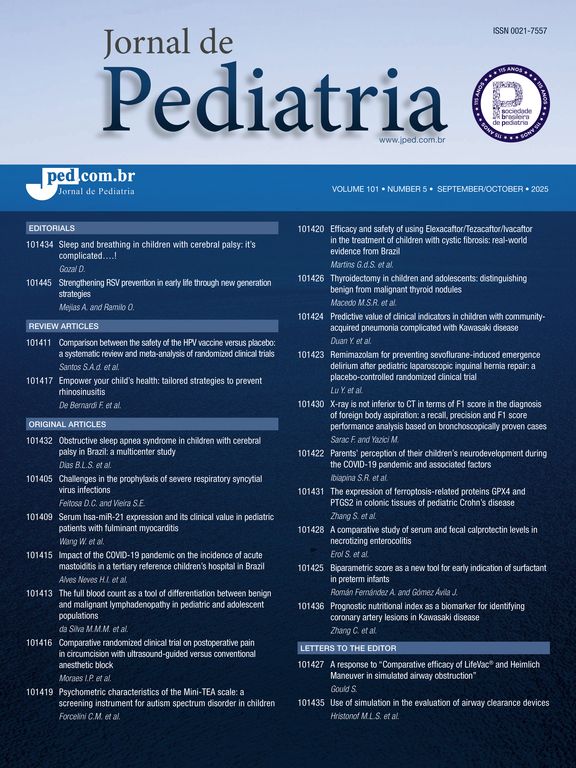The purpose of this study was to verify if multidimensional pain assessment, performed through physiologic and behavioral measures, together with this assessment modifications in response to opioid analgesia, could determine the presence of pain in preterm neonates (PT) under mechanical ventilation through endotracheal tube (ETT). The population consisted of 22 PT with gest. age < 32 weeks, between 12-48h of life. All of them had an ETT and an umbilical arterial line in place and were on mechanical ventilation. The infants were admitted at São Paulo Hospital NICU from 11/91 to 11/92. Neonates' observation was performed in three 10 minute periods: prior medication (Pre-Analgesia), 30 min (Analgesia 1) and 60 min (Analgesia 2) after the injection of either fentanyl (3 mcg/kg) or sterile water (0,2 ml). In each period an arterial blood gas was drawn and the following parameters were recorded: ventilator settings, heart rate, non-invasive blood pressure and 02 saturation. Behavioral measures were also observed: ATTIA scale, MCGRATH scale and GRUNAU & CRAIG pain facial features. In Pre-Analgesia andAnalgesia 2 periods, blood samples were obtained and serum cortisol, serum GH, plasmatic glucose and lactate were measured. Patients were filmed through the study and behavioral measures appllied for each patient film. The research author was blind to the medication until final results. High levels of serum cortisol, serum GH and plasmatic lactate were present in the whole study population prior to medication. They also presented low ATTIA scale scores and pain facial mimic, as per MCGRATH and GRUNAU & CRAIG evaluations. Patients that received fentanyl exhibited decrease in the maximum heart rate, decrease in serum cortisol, increase in serum GH, stability in blood glucose levels, better ATTIA scale comfort scores and less pain facial movements. None of these occurred in neonates that received placebo. Critically ill intubated and ventilated PT do feel pain, as assessed by this multidimensional evaluation. Analgesia should be considered in order to treat these patients' pain.
The Impact Factor measures the average number of citations received in a particular year by papers published in the journal during the two preceding years.
© Clarivate Analytics, Journal Citation Reports 2025
SRJ is a prestige metric based on the idea that not all citations are the same. SJR uses a similar algorithm as the Google page rank; it provides a quantitative and qualitative measure of the journal's impact.
See moreSNIP measures contextual citation impact by wighting citations based on the total number of citations in a subject field.
See more







